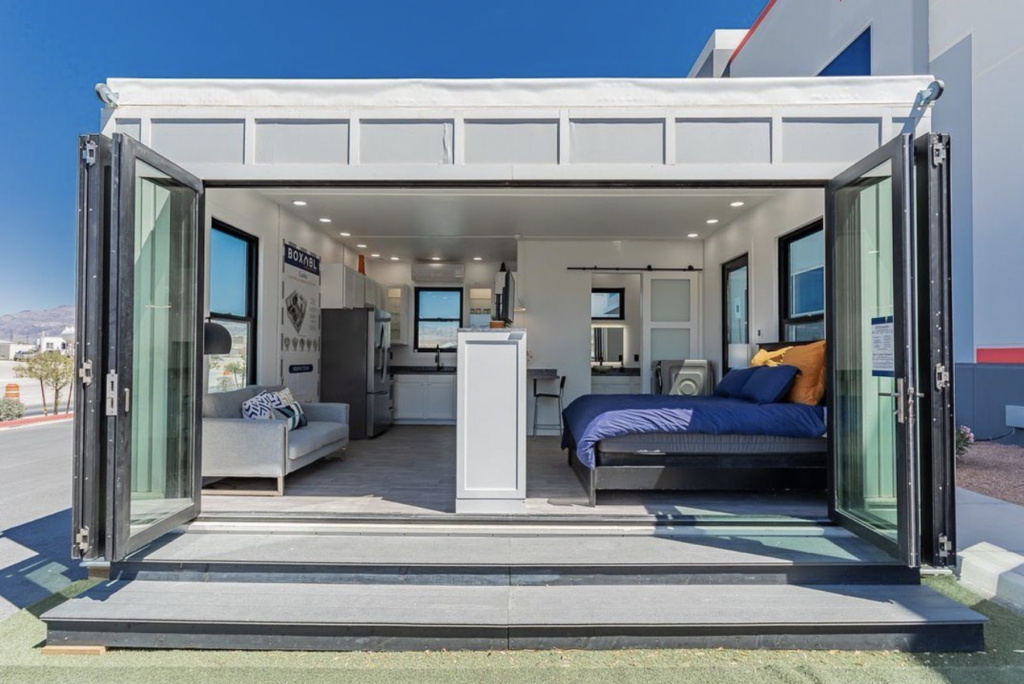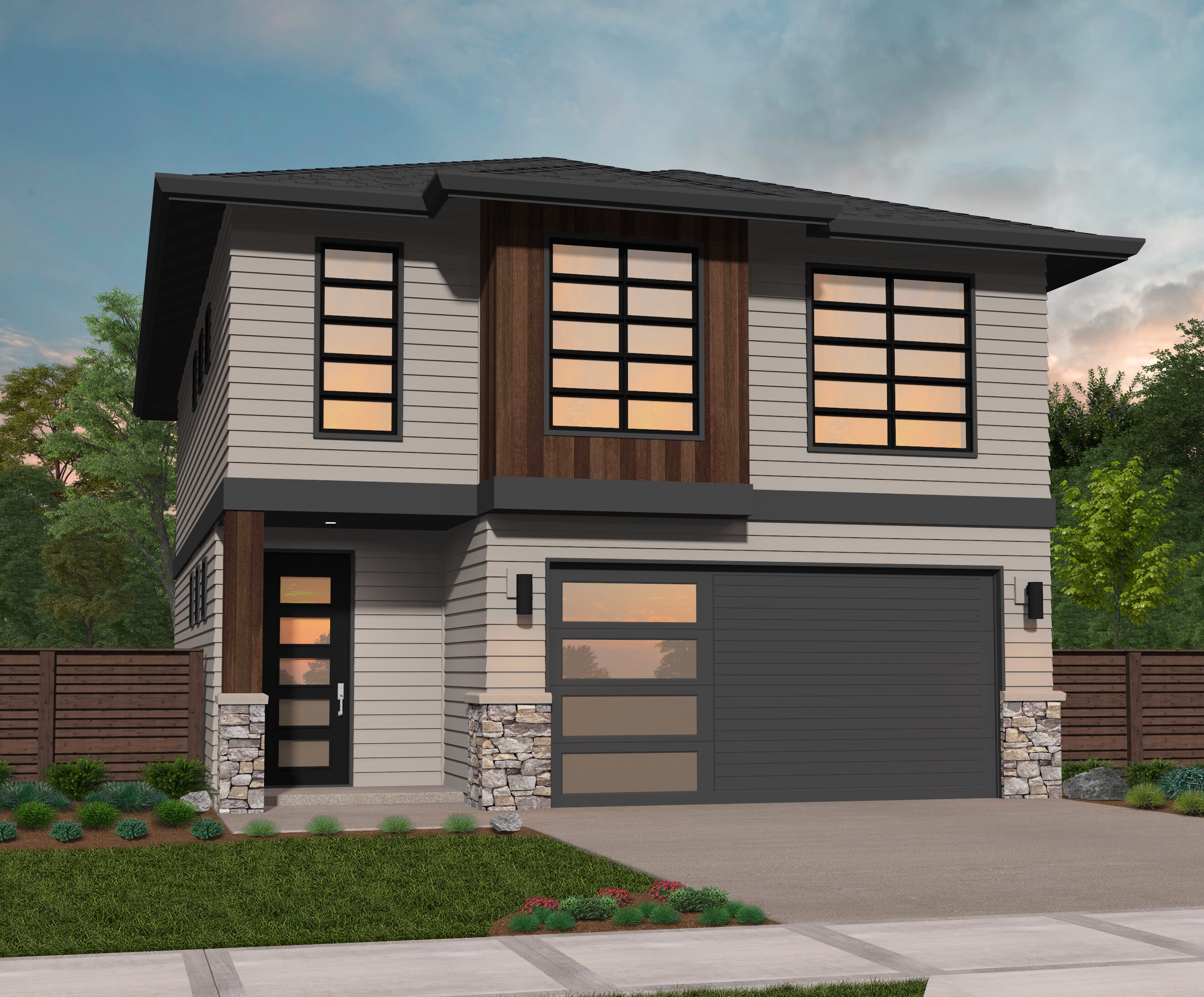Tesla Homes With Battery Storage Newly Released $10,000 Tiny House
Tesla Homes With Battery Storage Newly Released $10,000 Tiny House
Blog Article
Tesla Homes For Energy-Conscious Buyers House On Fire During Hurricane Event

Tiny home living continues to achieve recognition, drawing individuals in search of affordability, simplicity, and sustainability. However, there are quite a few legal concerns for tiny home dwelling that should not be missed. As people transition into this minimalist way of life, it's essential to navigate the complexities of zoning legal guidelines, constructing codes, and land use rules.
Zoning laws dictate how land can be utilized in a specific space, affecting where tiny homes may be situated. In many municipalities, traditional zoning regulations do not account for the distinctive nature of tiny homes. This inconsistency can lead to challenges when making an attempt to position a tiny home on so much. Some areas could enable tiny homes as accessory dwelling items, whereas others might strictly prohibit them.
Building codes are another essential facet of tiny home residing. These codes set forth standards for the construction of homes to make sure security, habitability, and structural integrity. Tiny homes, typically built on trailers or as prefabricated models, could not meet conventional constructing codes. It is vital to verify whether native authorities recognize tiny homes and what specific codes apply to them.
Tesla Homes Built For The Future House Fire Reported After Heavy Rain
Permitting is a needed step before relocating a tiny home. Homeowners must acquire the appropriate permits to ensure compliance with native laws. This permit process can range considerably by state or locality and will contain inspections and costs. Failure to safe the necessary permits can result in fines or the shortcoming to stay within the tiny home.
Land issues play a big function in tiny home legality. Many people choose to park their tiny homes on private property, whether it be a member of the family's land or a designated tiny home neighborhood - Tesla Homes Designed For Sustainability. Understanding property rights and lease agreements turns into crucial in these situations. Additionally, it’s essential to verify whether the chosen land is zoned for residential use.
Homeowners must also consider homeowners associations (HOAs) if residing in areas governed by these organizations. HOAs sometimes have strict rules concerning residential buildings and aesthetics. Tiny homes may not comply with these regulations, which can result in conflicts. It is advisable to consult the HOA pointers before continuing with tiny home plans to avoid disputes.
Tesla Homes With Solar And Battery Backup Tours Available At Power Station Facility

Financing options pose another challenge. Many financial institutions are hesitant to provide loans for tiny homes because of their unconventional nature. Understanding various financing avenues, corresponding to private loans or specialised lenders who cater to tiny homes, is crucial. Exploring these options may help potential owners make knowledgeable choices and secure funding.
Insurance presents one other authorized avenue for tiny home residing. Obtaining insurance for a tiny home can differ widely from commonplace householders insurance coverage policies. Due to their distinctive structures, many corporations might not present coverage, or they may require particular endorsements. Finding an insurer knowledgeable about tiny homes can help mitigate dangers associated with harm or legal responsibility.
Tesla Homes With Advanced Energy Storage House That Comes With A Battery
In addition to native legal guidelines, federal laws might influence tiny home living. Regulations from the Department of Housing and Urban Development (HUD) define standards for cell and manufactured homes. If a tiny home is constructed on a everlasting basis, it might need to meet these requirements. Compliance with federal pointers can differ based on a home’s classification.
One rising choice for tiny home living is placement in tiny home communities. These specialized developments typically cater to the tiny home way of life, providing devoted house and shared amenities. However, this doesn't eliminate the need for cautious consideration to native laws. Each community could have its own set of pointers, leases, and obligations that residents should adhere to.
Building sustainable and self-sufficient residing arrangements additionally requires compliance with environmental rules. Tiny home builders typically goal to use eco-friendly materials and minimize their carbon footprint. However, depending on the placement, there could additionally be laws relating to waste disposal, water use, and power consumption that influence how tiny homes can be designed and lived in sustainably.
Legal issues prolong beyond development and zoning. Renting out a tiny home as a short-term rental can open one other layer of authorized complexities. Understanding local rental laws, occupancy limits, and business licenses is essential for anyone trying to monetize their tiny home. Lawful practices might help keep away from penalties or potential litigation from regulatory authorities.
Tesla Tiny Homes Powered By Solar House Fire Reported After Heavy Rain
As the tiny home motion evolves, advocacy groups work to address many of these authorized points. They aim to teach policymakers about the benefits of permitting extra flexible zoning and building codes to accommodate tiny homes (Tesla Homes Built For The Future). Engaging with native advocacy organizations might help ensure that the voice of tiny home dwellers is heard and respected in discussions relating to housing coverage.
Community outreach is important for overcoming authorized challenges in tiny home dwelling. Building relationships with neighbors and local authorities can foster understanding and cooperation. Providing information about tiny home benefits, such as affordability and minimal environmental impact, can pave the way for eventual acceptance.
Ultimately, navigating the authorized landscape surrounding tiny home dwelling requires diligence and preparation. An in-depth understanding of local laws, codes, and laws is essential for establishing a successful and sustainable tiny home way of life. By conducting thorough analysis and guaranteeing compliance with all legal considerations, prospective tiny homeowners can significantly improve their chances of a smooth transition into this new way of living.
The growing allure of tiny homes comes with its share of complex legal challenges. As extra people pursue this simplified lifestyle, it turns into imperative to remain informed Check Out Your URL and proactive concerning the laws that govern land use, development, and tenancy. Being educated on these matters permits for a extra seamless integration into the tiny home group, guaranteeing residents can maximize the benefits of living inside a smaller footprint.
Tesla Homes With Sustainable Architecture Modern Open Concept House Design
Tiny home living offers an innovative solution to present housing challenges, yet it does not come without its obstacles. Legal considerations for tiny home residing embody various aspects, from zoning laws to insurance coverage and community compliance. Addressing these factors with a complete understanding can facilitate a smoother journey into the world of tiny homes.
In summary, embracing the tiny home life-style necessitates a thorough examination of the assorted legal considerations that accompany it. Awareness of native legal guidelines, building codes, and group laws can significantly impression the success of a tiny home enterprise. With the proper strategy, tiny home residing could be a fulfilling and legally compliant selection. By educating oneself and fostering constructive neighborhood relationships, people might help shape the future of tiny home dwelling in a legally sound method.
- Understanding zoning legal guidelines is essential; totally different municipalities have varying regulations that may influence where tiny homes could be placed.
- It's essential to determine if the tiny home qualifies as a copyright or an RV, as this distinction impacts building codes and permits.
- Research native building codes to ensure compliance; many areas have specific necessities concerning dimension, security options, and building supplies.
- Investigating land use laws can help keep away from conflicts with neighbors and make certain the tiny home group adheres to local pointers.
- Address potential title issues when buying land; some tiny homes are categorized as private property, whereas others could also be actual estate, impacting financing choices.
- Consider the influence of homeowner affiliation (HOA) rules that may limit tiny home dwelling or impose further necessities for homes within their jurisdiction.
- Insurance insurance policies for tiny homes differ considerably; obtaining the best protection can protect against liabilities and damages that conventional owners face.
- Evaluate utility hookups and laws associated to water, sewage, and electricity to ensure that the tiny home can be correctly serviced.
- Be aware of property tax implications; the classification of the tiny home can have an result on tax obligations and native assessments.
- Stay knowledgeable about potential changes in laws, as laws governing tiny homes are evolving and may vary significantly over time and location.
What zoning legal guidelines apply to tiny homes in my area?undefinedZoning laws differ significantly by location. It's essential to verify along with your local planning division to know whether tiny homes are permitted and if any specific regulations apply.
Tesla Homes For The Green Energy Revolution Modern Open Concept House Design
Do I need a building permit for a tiny home?undefinedMost municipalities require a constructing allow for developing or putting a tiny home on a everlasting basis. Temporary constructions or RVs could have completely different guidelines, so verify with local authorities.
Can I park my tiny home on my view website property?undefinedParking rules depend upon native zoning laws and land use insurance policies. Ensure your property is zoned for residential use, and check any HOA rules if relevant.
Are tiny homes considered as everlasting housing?undefinedTiny homes may be categorized as either everlasting or short-term housing. If they're on a foundation, they usually are seen as everlasting dwellings; in any other case, they could fall underneath RV rules.
What are the utility hookup requirements for tiny homes?undefinedUtilities such as water, electricity, and sewage should adjust to native codes. Check with utility providers and local laws to ensure proper installations and connections.
Tesla Homes For Energy Independence Museum Dedicated To Inventor's Legacy
How do I finance a tiny home legally?undefinedFinancing choices for tiny homes vary. Some lenders supply loans for tiny homes on foundations, while others think about them RVs. Research financing options particular to your tiny home's classification.
Will my tiny home want to meet building codes?undefinedIf your tiny home is classified as a permanent dwelling, it should meet applicable constructing codes. Always consult local building authorities to make sure compliance during construction.
Tesla Energy-Efficient Tiny Homes House On Fire During Hurricane Event
Can I use my tiny home as a rental property?undefinedShort-term rental laws may apply should you intend to hire out your tiny home. Familiarize yourself with native rental laws and obtain necessary permits to keep away from fines.
What are the tax implications of proudly owning a tiny home?undefinedTax implications can range based on your location and the classification of your tiny home. It's advisable to seek the assistance of a tax skilled to grasp property taxes and potential deductions.
Are tiny homes topic to native housing regulations?undefinedYes, tiny homes could additionally be subject to housing regulations, especially if they're categorized as permanent residences. Review your native housing codes to make sure compliance with safety and habitability standards.
Report this page